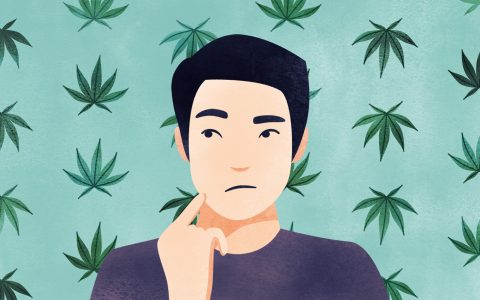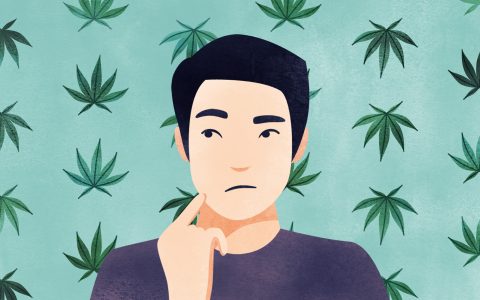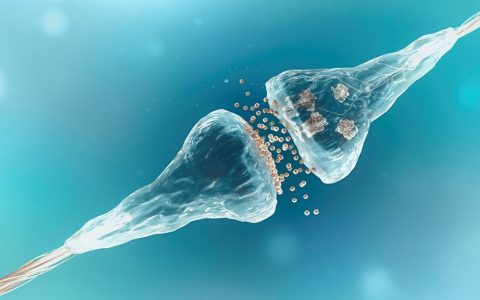Ryan wants to get high. Like many of his generation, the 55-year-old Toronto-area video editor is intrigued by the idea of legal recreational cannabis. His two kids are away at university and he likes the idea of relaxing and winding down at the end of the day. Seriously considering cannabis as a healthier alternative to drinking, he’s still a bit cautious about trying it for the first time in 25 years. “I wouldn’t know where to start,” he tells me with a laugh. “And I’ve heard that the potency these days is out of this world.”
He’s got a point. Back in early 2017, Tommy Chong—who bills himself as comedian, actor, writer, director, musician, dancer and activist who “occasionally smokes a little bit of pot, man”—tweeted: “The weed today is so much (more) potent than the weed we had yesterday. Chong’s Choice eh?”
Who would know more about cannabis potency than good ol’ Chong? I’d like to nominate Mahmoud ElSohly, director of the University of Mississippi’s Marijuana Research Project and president and laboratory director of ElSohly Laboratories, the only supplier of research marijuana in the United States. Between 1994 and 2015, his team studied 38,681 samples of non-medicinal cannabis. The results were astounding. The 1994 samples averaged 4% THC, while the 2015 samples averaged 12%, a threefold increase, with many of them as high as 15%. Similarly, High Times magazine reported in 2017 that a California strain known as Godfather OG weighed in at a remarkable 34%. When Chong was smoking back in the 1970s, almost all cannabis was less than 1%.
That kind of leaves people like Ryan in something of a bind. The last time he tried cannabis was when he “smoked up” with some friends at university back in 1983. He knows a lot has changed and he wants to be well-informed and not surprised. There are a lot of Canadians like him—middle-aged and even older people who would like to use cannabis after a long time away from it or not even trying it in their youth at all.
Luckily, there are plenty of resources for them. “A big part of our job is to promote education and awareness, like the differences between edibles and smoking, about potencies and strains,” said Andy Lee, communications director for NORML Canada. “We don’t want anybody to eat a whole cookie and get super high.”
The biggest change in potency has been seen in edibles, which—back in the day Ryan tried them—were extremely limited in variety and often not very effective. These days, however, with sophisticated factories churning out clinical-quality edibles, tinctures and other products, the risk of being accidentally hit by too much THC is very real to returning and first-time users.
But not if they stay illegal. Edibles will not be available from Canadian retailers in the initial rollout. Instead, they will offer ingestible oil, which can be used to make edibles. It will be capped at 30 mg of THC per milliliter. “Some people have said that’s too low,” said Dr. Jonathan Page, founder and CEO of Anandia, a cannabis research firm. “But for the vast majority of people, 5 milligrams is probably a good place to start.” They will also have accurate labelling and trained staffs to help new and returning users with advice.
NORML’s Lee suggests that people who are approaching cannabis for the first time or for the first time in a long time, involve themselves with the rapidly expanding Canadian cannabis community to become better informed. Among his suggestions were publications like Leafly, online forums, conferences and other get-togethers.
Andy Lee, Communications Director for NORML Canada
Several sources have told me that the best way to expose potential users to the new strains and ingestion methods is to get as much information as possible, be among close friends and, most important, not to take too much. “Always start small, start low and work your way up,” said Lee. “You can always consume more if you are unsatisfied with the effect, but you really don’t want to go overboard—nobody wants to get too high.”
Even after taking precautions, sometimes people get too high. “Even very experienced users can get too high,” said Page. “They can feel sick, anxious and uncomfortable—it’s far worse for new users.” While some people will even check themselves into hospital emergency rooms for THC overdoses, the key is to remain calm. “Just remind yourself that it won’t be fatal, nobody’s ever died from cannabis, and the effects aren’t lasting” said Page. “Just ride it out.”
Monitoring intake is incredibly important—and not just the onset of effects but also how long they take to dissipate. “It’s like for someone who drinks alcohol,” said Page. “If they drink a beer, they know how long it will last.” While combusted or vaporized cannabis may only take a few minutes to work, edibles—which must be processed by the liver—can take 45 minutes to an hour.
The important concept for those returning to cannabis to remember, according to all sources, is moderation. “When you see a cookie, you automatically think you should eat the whole cookie, it’s a human response,” said Page. “But you have to train yourself not to do that.” New and returning users should remember that cannabis, although generally safe, is not something to be taken lightly. “You wouldn’t drive a car before you knew how and were used to it,” he added. “Consider cannabis use that same kind of learning experience—start low, go slow.”













